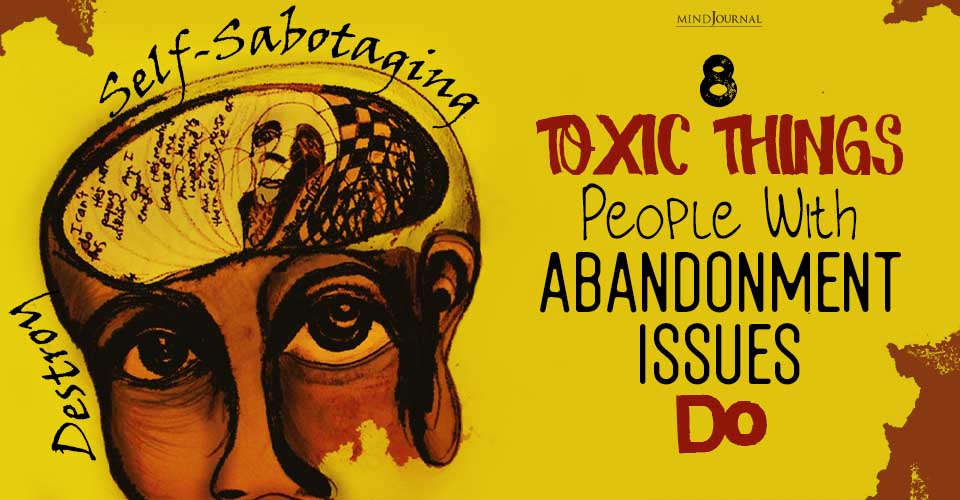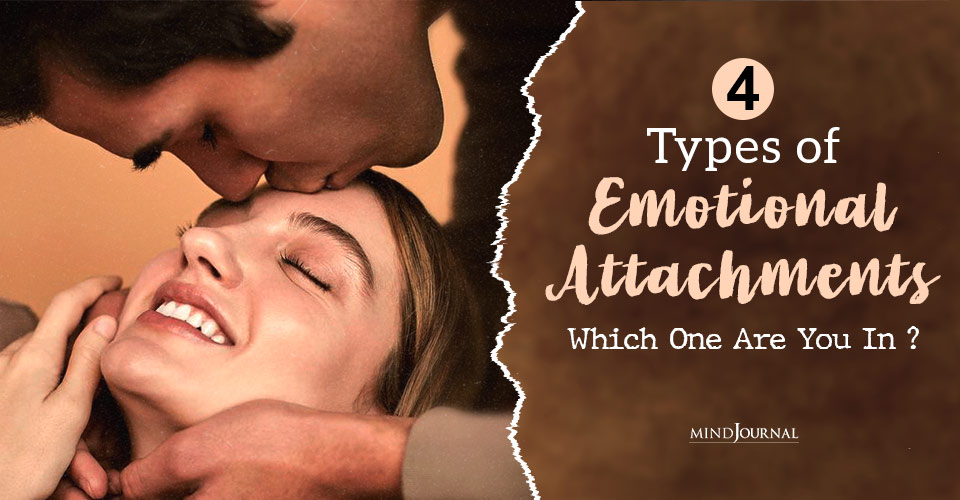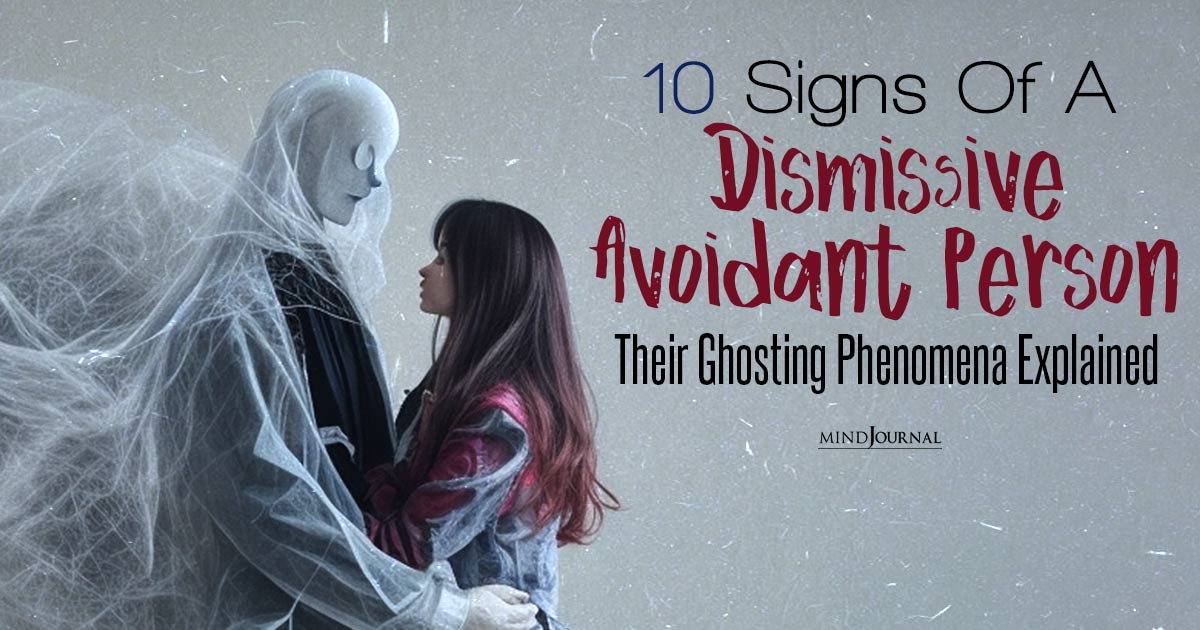Have you ever found yourself caught in a whirlwind of conflicting emotions when it comes to your relationships? Do you sometimes feel an overwhelming desire for closeness, only to push others away when they get too close? If so, you may be experiencing ambivalent attachment. But what is ambivalent attachment?
Let’s delve into the depths of ambivalent attachment, exploring its signs, causes, and most importantly, how to overcome this anxious dance of emotions.
What is Ambivalent Attachment?

Ambivalent attachment refers to a style of relating to others that is characterized by a constant oscillation between a deep longing for connection and a fear of rejection or abandonment.
Individuals with ambivalent attachment often find themselves trapped in a cycle of emotional highs and lows, unsure of how to maintain stable and secure relationships.
Related: How To Change Your Attachment Style
Signs of Ambivalent Attachment
Navigating the realm of ambivalent attachment can be a tumultuous journey. To help you navigate the emotional labyrinth, let’s explore the telltale signs of ambivalent attachment that may manifest in your relationships and interactions with others.
1. Intense Emotional Rollercoaster
Individuals with ambivalent attachment experience intense emotions that can fluctuate rapidly. They may frequently swing between feelings of overwhelming love and neediness, to moments of anger, frustration, and fear of rejection.
2. Fear of Abandonment
Those with ambivalent attachment often possess a deep-rooted fear of being abandoned or rejected by their loved ones. This fear can be so overwhelming that they may resort to clinging onto relationships, even when they are unhealthy or unfulfilling.
3. Need for Constant Reassurance
Individuals with ambivalent attachment crave constant reassurance and validation from their partners or loved ones. They may seek excessive attention, reassurance, and affection, hoping to alleviate their anxieties and insecurities.
4. Difficulty with Trust
Trust may be a significant challenge for those with ambivalent attachment. They may struggle to believe in the reliability and consistency of their relationships, leading to difficulty in fully opening up and allowing themselves to be vulnerable.
5. Push-Pull Dynamics
Ambivalent attachment often manifests as a push-pull dynamic in relationships. Individuals may alternate between desperately seeking closeness and intimacy, only to withdraw and create distance when they fear being hurt or rejected.
To better understand “what is ambivalent attachment?”, let us explore some of the factors that lead to the development of ambivalent attachment –
Related: 6 Ways to Practice Non-Attachment (And Find Inner Peace)
What Causes Ambivalent Attachment?
Ambivalent attachment typically stems from early childhood experiences that shape an individual’s perception of relationships and their own self-worth. Several factors contribute to the development of ambivalent attachment:
1. Inconsistent Caregiving
Inconsistent or unpredictable caregiving during infancy can create a sense of uncertainty and insecurity in the child. If a caregiver is sometimes responsive and nurturing, and at other times neglectful or unattentive, the child may develop a belief that they need to work hard to gain love and attention.
2. Early Traumatic Experiences
Traumatic events, such as loss, neglect, or abuse during childhood, can significantly impact the formation of attachment patterns. These experiences can lead to a deep-seated fear of abandonment and a heightened need for control and reassurance in relationships.
3. Parental Attachment Styles
The attachment styles of primary caregivers play a crucial role in shaping a child’s attachment style.
If a parent has an ambivalent or avoidant attachment style themselves, they may struggle to provide consistent emotional support and security, further reinforcing ambivalent attachment in their child. This is what causes ambivalent attachment.
Related: How to Release Attachments to Past Relationships
How to Overcome Anxious Ambivalent Attachment
Breaking free from the clutches of anxious ambivalent attachment is a courageous endeavor. Here are some practical strategies and insights to help you overcome the cycle of anxiety and create healthier, more secure relationships.
1. Self-Awareness
Developing self-awareness is the first step in overcoming ambivalent attachment. Reflect on your relationship patterns, emotions, and triggers. Recognize when you’re experiencing anxious attachment behaviors and aim to understand the underlying fears and insecurities that drive them.
2. Seek Therapy
Professional therapy, such as cognitive-behavioral therapy (CBT) or attachment-based therapy, can provide valuable guidance and support in addressing ambivalent attachment. A therapist can help you explore the root causes of your attachment style and work through unresolved emotions.
3. Foster Secure Relationships
Surround yourself with supportive and emotionally available individuals who can provide a secure base for you. Cultivate relationships that encourage open communication, trust, and reliability. Over time, these healthy connections can help reshape your attachment patterns.

4. Practice Self-Compassion
Be kind and compassionate with yourself as you navigate the challenges of ambivalent attachment.
Recognize that your attachment style developed as a protective mechanism, and it does not define your worth or ability to form healthy relationships. This is how to overcome anxious ambivalent attachment.
5. Develop Coping Strategies
Explore coping strategies that help manage anxiety and regulate emotions. Mindfulness, deep breathing exercises, journaling, and engaging in activities that promote self-care can all contribute to a greater sense of emotional stability and well-being.
Related: How Childhood Attachment Patterns Affects Adult Relationships
Takeaway
So what is ambivalent attachment? Ambivalent attachment can be a complex and challenging aspect of our emotional lives, but it is not an insurmountable hurdle. By understanding the signs, causes, and strategies for overcoming anxious ambivalent attachment, we can embark on a journey of healing and growth.
Remember, change takes time and effort, but with self-awareness, support, and a commitment to personal growth, you have the power to transform your relationships and find the secure and fulfilling connections you deserve.
Embrace the journey, be patient with yourself, and trust that you have the capacity to break free from the chains of ambivalent attachment. Let the winds of change guide you towards a brighter and more secure future.
Frequently Asked Questions (FAQs):
How to fix ambivalent attachment?
Overcoming ambivalent attachment requires a combination of self-awareness, therapy, cultivating secure relationships, practicing self-compassion, and developing healthy coping strategies.
What is the unhealthiest attachment style?
The unhealthiest attachment style is disorganized attachment. It is characterized by a lack of consistent patterns of behavior, often resulting from traumatic experiences and unresolved emotional conflicts.
What is another word for ambivalent attachment?
Another word for ambivalent attachment is anxious attachment. It reflects the anxiety and fear of abandonment or rejection that individuals with this attachment style often experience.









Leave a Reply